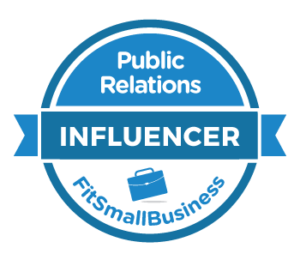A number of our clients are jumping into blogging. They all want to be assured that the hard work that goes into running a good blog gets rewarded through recognition for the blog in terms of ranking, traffic. etc. As such, I thought I’d write this post, which includes tips for promoting blogs.
First, the basics:
- Blogs should be set up for pinging – this makes the posts “visible” to search engines.
- Enable comments and trackbacks; these encourage participation and are the first steps to engagement and community building.
- Make sure that directories such as Technorati and BlogCatalog list and accurately classify your blog; take some time to learn about the directories as they can be a good source of traffic, but each has nuances and features that you need to learn about if you want to get the most out of them.
Now, moving on to what we call the human elements:
- Find out which blogs have big followings amongst the audiences you are trying to reach.
- Identify conversation threads and topics of interest by plugging keywords into search alerts.
- Comment on these blogs – comments typically let you include a link to your blog/website.
- List like minded blogs on your blog roll – hopefully the linked bloggers will return the favor.
- Identify the Web pages, directories and forums that list blogs like yours, as well as “Top Blog” compilations; submit your blog.
- Identify social news sites that are important in general (e.g. Digg, Reddit), and any specific ones for your market segment; these sites let you vote on your favorite stories.
- Alert influencers like reporters, analysts and bloggers when you have a post that might interest them – you don’t want to overtly twist their arms to write and link, but if the subject matter is aligned and interesting than the approach should be welcome and a link could very well result.
- Tweet a link to your blog along with the post subject line – ask colleagues, friends and family to do the same.
- Include the blog title and URL on your email signature, and on your website and your business card
- Tools like ping.fm are great ways to write once (including a link to your blog) and post simultaneously to many places, like Facebook, LinkedIn, Twitter, etc.
- Contribute content to sites that target audiences of interest; include a link to your blog in the byline and within the article.
It may seem like a lot of work. Remember, not all these steps need to be done all the time; What really matters the most (and perhaps the hardest part) is to get into the habit keeping the blog fresh with great content. I’ll be doing a post soon that helps with this aspect of blogging.


